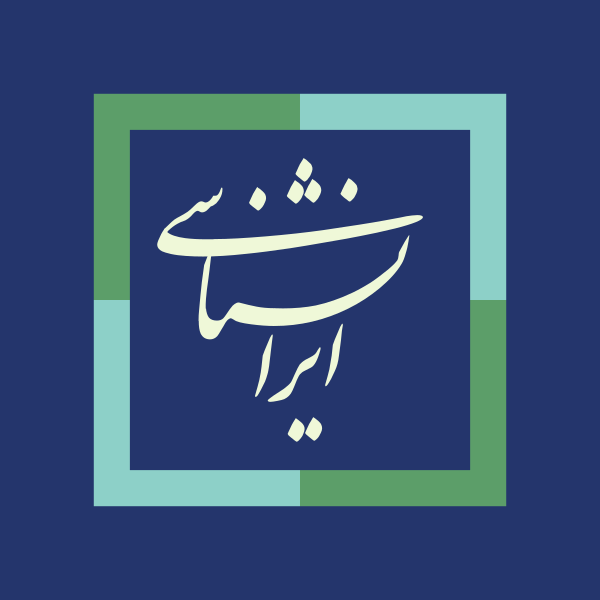As part of our aim in expanding the field of Manuscript Studies and Digital Humanities, we are engaged in a number of research collaborations with different Institutions and colleagues.
Partner Institutions
 ACDH-CH – Austrian Centre for Digital Humanities and Cultural Heritage
ACDH-CH – Austrian Centre for Digital Humanities and Cultural Heritage
 Mongolia Cluster (University of Vienna)
Mongolia Cluster (University of Vienna)
Research collaboration
The Book of Jāmāsp the Sage
This project is a collaborative initiative to do research on the literary history of this little know medieval text. The project aims to produce a Digital Edition of different manuscript copies of the text, publish a printed edition of the original Persian text with an annotated English translation and the publication of an edited volume on different aspects of the historical, literary and codicological relevance of the text.
The Book of Jāmāsp the Sage (Kitāb-i Ḥakīm Jāmāsp) is a rendition of a popular Zoroastrian apocalyptic tradition, telling a history of the world from its creation to its end through a series of horoscopes. It was composed in the south of Iran during the third quarter of the thirteenth century, in response to the Mongol conquest of the region. Most other extant texts in the tradition, known generically as the Decrees of Jāmāsp (Aḥkām-i Jāmāsp), were prepared during the dissolution of the Great Seljuq Empire in the early twelfth century. Social changes in Iran in the intervening century are reflected in the way that the Decrees are updated for the Book of Jāmāsp the Sage. The text therefore provides unique insight into popular local intellectual culture during a dynamic period of Iranian history. It uncovers a perspective on history, religion, and science that was far removed from the Mongol court and its royally sponsored chronicles.
This project is the first ever study of the Book of Jāmāsp the Sage, based on a half dozen extant manuscripts. The goal is to elucidate the historical, intellectual, and social contexts—from Astrology to Zoroastrianism— for the text’s creation and to show how the text exemplifies the hybrid and syncretic cultural life of Mongol Iran. We are also preparing a full edition and translation of the text, with textual and historical commentary, which will be published in print and digital formats.
Funding
The Book of Jāmāsp the Sage is based at the Austrian Academy of Sciences, Institute of Iranian Studies, and is supported financially by the Fonds zur Förderung der wissenschaftlichen Forschung (FWF), projects M-3187 “Rethinking History” and Y-1232 “Nomads Manuscripts Landscape.” The Academy of Sciences has provided additional financial support through the Holzhausen-Legat.
Institutional Partnership
- The Center for the Study of Manuscript Cultures at the University of Hamburg, funded by the German Research Foundation (Cluster of Excellence Understanding Written Artefacts)
- The KITAB, a project of the Centre for Digital Humanities at the Aga Khan University—Institute for the Study of Muslim Civilization, London, funded by the European Research Council (ERC 772989
Project Members
- Bruno De Nicola, Austrian Academy of Sciences, Institute for Iranian Studies, Vienna
- Shervin Farridnejad, University of Hamburg, Center for the Study of Manuscript Cultures, Hamburg
- Stefan Kamola, Austrian Academy of Sciences Institute for Iranian Studies, Vienna
- Majid Montazer-Mahdi, University of Oxford, Faculty of Asian and Middle Eastern Studies, Oxford
- Florence Somer, Centre de Recherche sur le Monde Iranien, Paris; Institut Français des Etudes Anatoliennes, Istanbul
- Sarah Savant, Aga Khan University, London
“Sufi Manuscript Cultures c. 1200-1800”
This is a joint initiative by:
The Royal Society of Edinburgh
Centre for Anatolian and the Eastern Mediterranean Studies, University of St. Andrews
Institute of Iranian Studies, Austrian Academy of Sciences
Department of History, Bogazici University
The Islamic Manuscript Association




